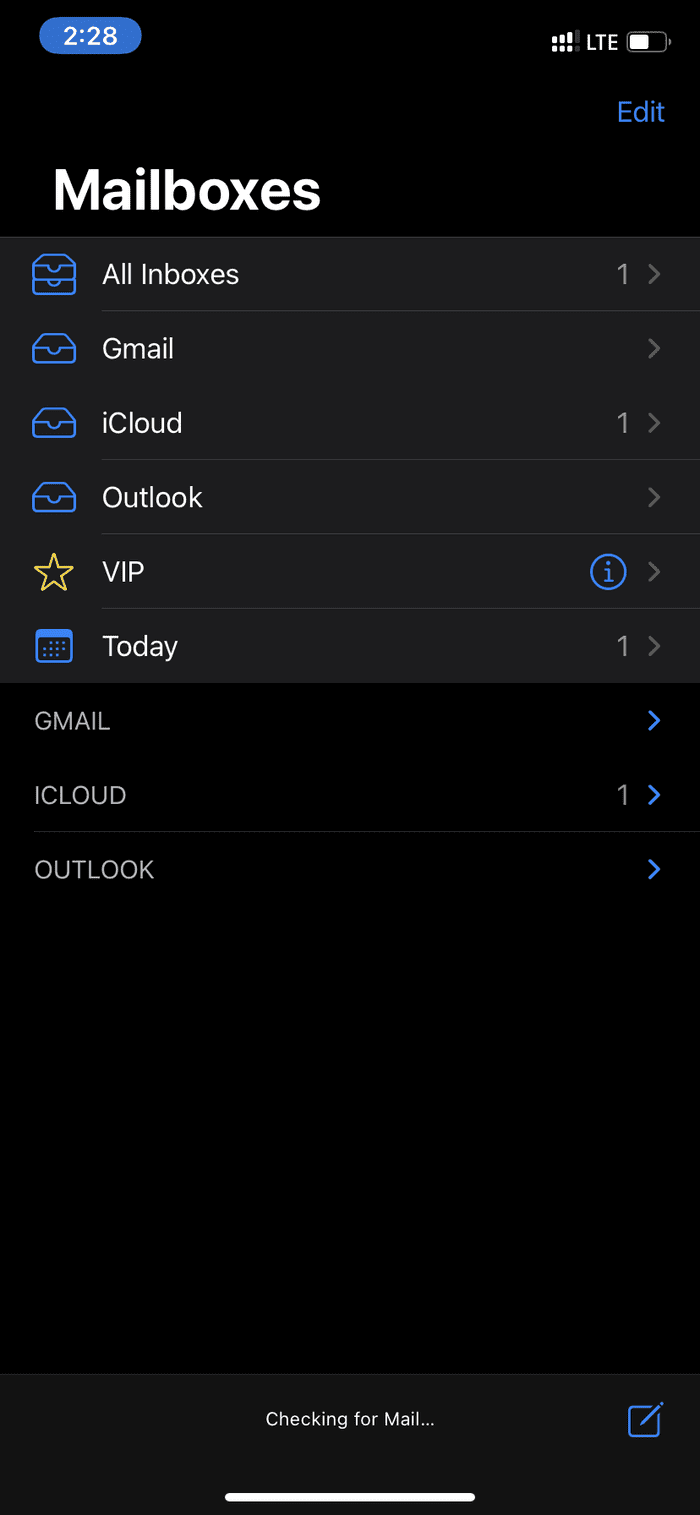

Go to Mail -> Preferences, and select your Gmail account. Now that Gmail is all set, it’s time to tweak your Mail settings to be on their best behavior. This moves messages out of the Inbox, but keeps them around in the searchable All Mail folder-instead of just getting rid of them forever-for that rainy day. But thanks to zippy Macs, powerful servers, and bountiful disk space these days (even online), Gmail takes a different approach by defaulting to an “archive” behavior.

This behavior made sense in the past when disk space was a precious commodity and e-mail programs and services could get bogged down if they had to organize too many messages. When you delete messages from Mail (and most typical e-mail clients), the program moves them to the Trash folder for disposal.
#MAC MAIL GMAIL IMPORTANT FOLDER ARCHIVE#
If you opt to follow step three to automatically archive Gmail messages that you trash in Mail, you might also want to hide Gmail’s Trash label from your IMAP clients. Note that you’ll have to log into Gmail in a browser if you need to look up messages with any of the labels that you excluded from Mail, including archived messages.
#MAC MAIL GMAIL IMPORTANT FOLDER FREE#
Depending on your needs, Gmail and Mail can actually work quite well together, and we can show you how.Īlso, feel free to hide any other labels that you don’t need while offline, or labels for any of your Gmail rules that might create unnecessary duplicates in Mail. Over time, though, both Google and third parties have attempted to bridge the gap between Gmail and Mail, with tactics that include adding more control over IMAP features and replicating some of Gmail’s productivity perks in Mail. Because you can apply as many labels as you want to a message, and Google creates an All Mail folder to collect every message in your account, working with Gmail in Mail can get clunky, and fast.įor instance, if you apply three labels to an inbox message in Gmail, five copies of that message will appear in Mail when you search for it: three for the aforementioned labels, one from the inbox, and one from the All Mail folder. Instead of filing messages into single folders like Mail and most other clients, Gmail essentially lets you tag e-mail messages with multiple words like you can with photos on Flickr or bookmarks at Delicious. The crux of the conflict when using Mail as a client for Gmail is labels, Google’s alternative to traditional e-mail folders.

Google’s free Gmail offers fantastic convenience and many useful features, but it’s never played well with Apple’s Mail.


 0 kommentar(er)
0 kommentar(er)
